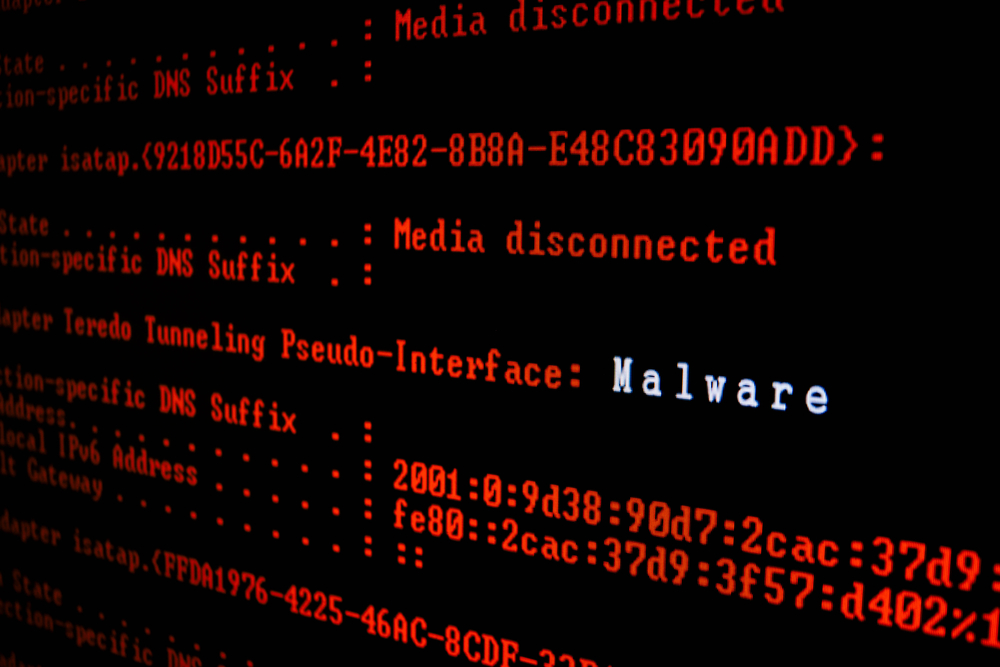Understanding Malware: Types and Detection Methods
Learn about malware, its various types including worms, spyware, and ransomware, and discover effective methods to detect and protect your computer from malicious software. Understanding malware is essential for maintaining online security and system integrity.

Malware refers to malicious software designed to harm your computer system. This includes viruses, spyware, worms, and more. Such programs can delete crucial data, encrypt files, hijack system functions, monitor activities without permission, and steal sensitive information, making them a severe threat to PCs and laptops.
Types of Malware
Various malware categories possess unique features, including:
Worms
Capable of self-replication, worms spread independently without needing a host program, often without user interaction.
Spyware
Designed to covertly collect data and monitor user activity without consent.
Trojan Horses
Deceptively appear legitimate but deploy malicious actions after installation.
Viruses
Malicious programs that infect and spread across files and software on your device.
Ransomware
Encrypts user data and demands ransom for decryption.
Rootkits
Used to gain unauthorized admin-level access to systems.
How to Detect Malware on Your PC
Recognizing malware early is crucial. Watch for signs like decreased system speed, unexpected changes in settings, unfamiliar browser add-ons, and annoying pop-up ads. Regular scans and using trusted anti-malware software can help keep your device secure.
Popular security tools such as Avast, McAfee, Kaspersky, and others offer effective protection against malware threats, whether free or paid.
Note: Our content aims to provide informative insights. While we strive for accuracy, users should verify details independently and be aware that information might vary across sources.










